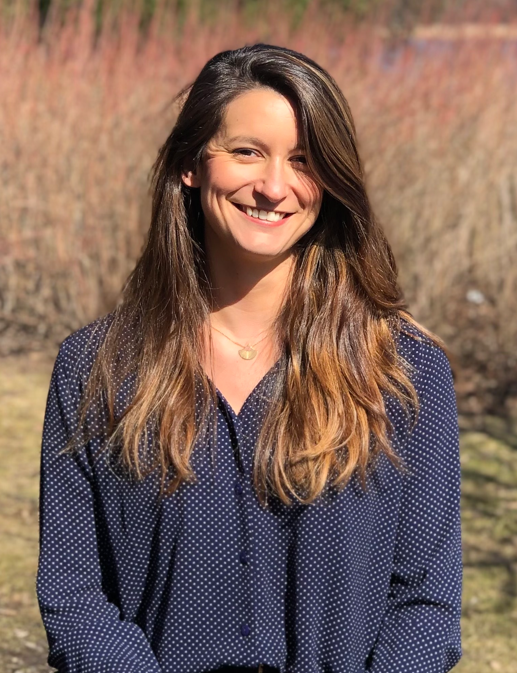Clémentine Villeneuve, Max Planck Institute, Germany
-
On 04 June 2024Amphi DEfalse false
-
11h30
Tissue-scale mechanics control stem cell fate and positioning during epithelial development
Tissue-scale mechanics control stem cell fate and positioning during epithelial development
Clémentine Villeneuve, PhD, Postdoctoral researcher,
Department of Cell and Tissue Dynamics, Max Planck Institute for Molecular Biomedicine, Germany
Abstract
The development and maintenance of a functional tissue and organs require synchronized regulation of cell state transitions and dynamic spatial positioning of specific cell states. During embryogenesis, the skin epidermis gradually transitions from a single stem cell (SC) layer to a multilayered stratified epithelium through coordinated differentiation and upward movement of cells. However, what mechanisms trigger initial fate commitment and how cell fate transition and positioning are coordinated during development remain poorly understood.
We show, using single cell transcriptomics, embryo live imaging, mechanical testing and 3D vertex modelling, that during early phases of stratification, multilayering occurs independently of cell fate specification, driven by high proliferative activity and a fluid-like tissue state. Subsequently, as the connective tissue matures and cell density increases, the tissue gradually solidifies and the stem cell compartment separates from the suprabasal differentiated compartment through high interfacial tension. This mechanical phase transition coincides with emergence of a committed stem cell population, characterized by altered cell state but stem-like adhesive and mechanical properties. In a second transition, the committed cells undergo a cytoskeletal and adhesion molecule switch, likely facilitating upward movement of the differentiated cell. Interestingly, the early fate commitment of basal stem cell is triggered by Notch signaling, reported to be modulated by cell geometry. Collectively, this work suggests two, mechanically distinct phases of epithelial barrier formation: (1) rapid growth-driven development of a first suprabasal layer and (2) mechanical separation of stem cell and suprabasal compartments requiring a Notch signaling-dependent early fate commitment to facilitate the transition of differentiated cells across this mechanical barrier to the upper layers.
Biography
Clémentine completed her PhD in 2019 in cell biology and oncology at the Institut Curie in Paris, in the laboratory of Dr. Philippe Chavrier, where she studied the early stages of cancer cell invasion and dissemination in breast cancer, and in particular the role of the polarity protein aPKCiota. She then moved for her postdoc to the laboratory of Prof. Sara Wickstrom, first in Helsinki/Finland and then in Muenster/Germany, to investigate how stem cells fate, shape and dynamic positioning are coordinated in a tissue using the mammalian skin development as a model system.






